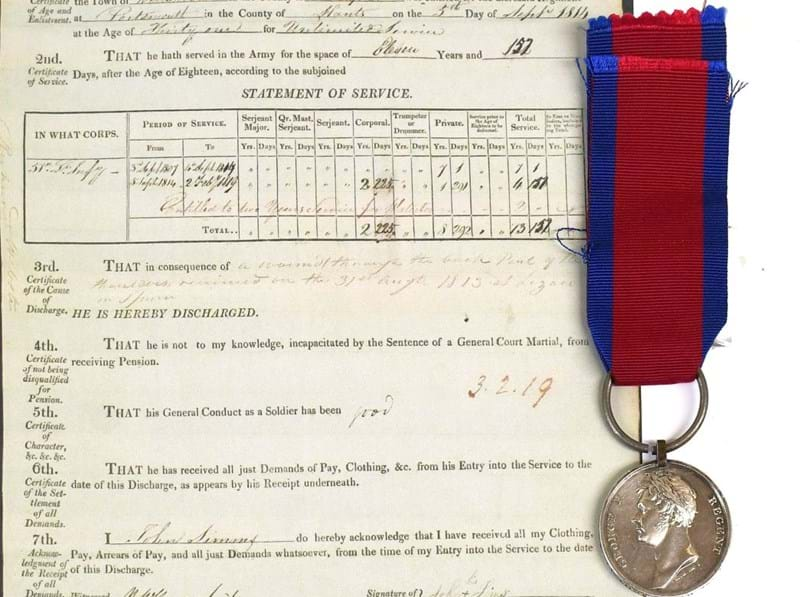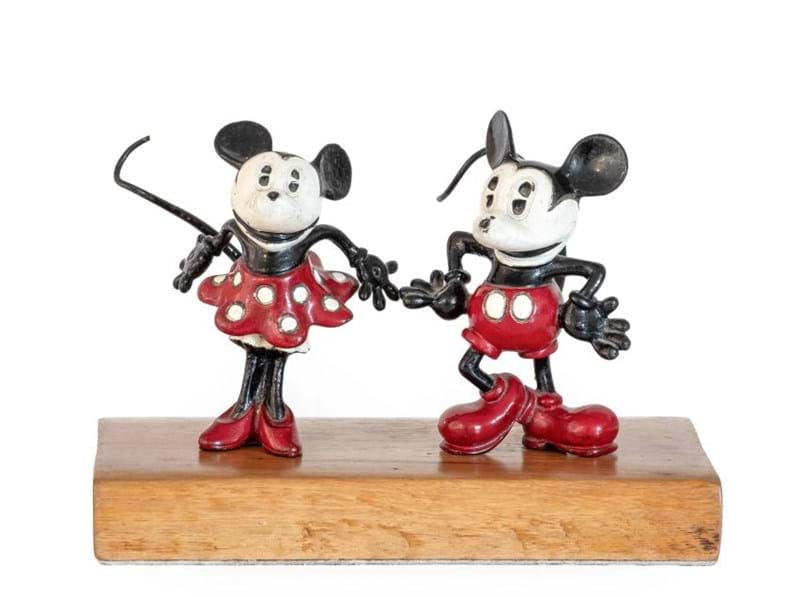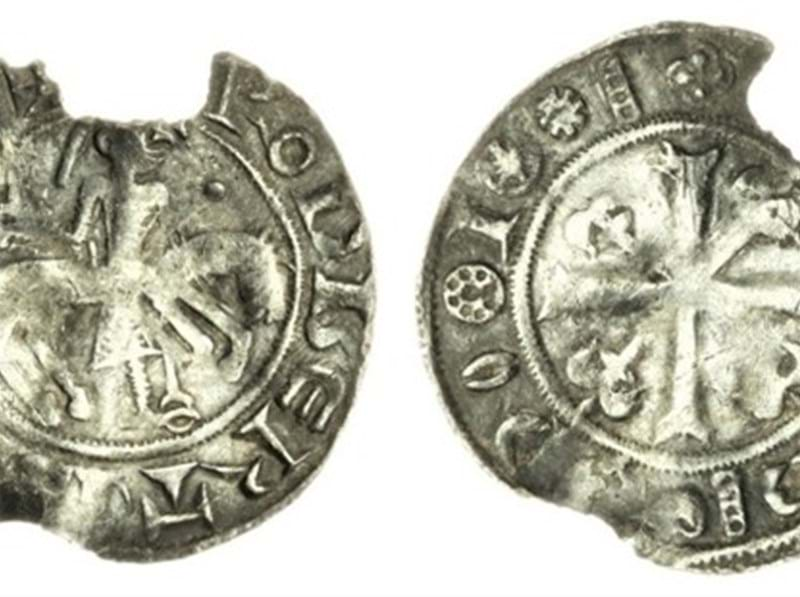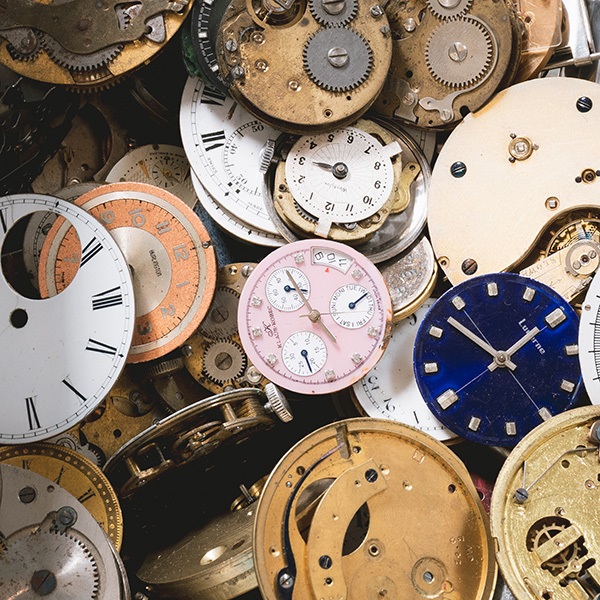The Geoff Hann Collection of Near Eastern Coins will go under the hammer in the Coins & Banknotes Sale on 23rd November.
…Beginning my reign in Macedonia, I hold dominion over Greece, I have subdued Thrace and the Illyrians, I rule the Triballi and the Maedi, I possess Asia from where it is washed by the Hellespont to the shores of the Red Sea. And now I am not far from the end of the world, and passing beyond this, I have resolved to open to myself a new realm of Nature, a new world…
These dying words of Alexander the Great — as envisioned by the Roman historian Quintus Curtius Rufus writing in the 1st century AD — speak of the magnitude of the Hellenistic march East. By the time of his death in 323 BC, Alexander’s army had swallowed up the known world from the shores of the Ionian Sea to the banks of the Beas (‘Hyphasis’) River in Punjab, and in its wake had ensured through the establishment of new civic centres and kingdoms the survival of Greek language, art, and customs for generations to come.
It is the product of this march eastwards that Geoff Hann’s 154-lot Collection focuses upon. In its breadth, the Collection covers the coinage produced by the first Greek general-kings who established their own dynasties in Egypt, Syria and the Indian-subcontinent, and the later Provincial coinage of the Roman Empire. Of note is lot 6, a silver stater of Seleucus I Nicator produced in Babylon between 311-305 BC (estimate: £300-500 plus buyer’s premium). At first commander of Hypaspistai, elite infantry known for the silver-plated shields that they carried into battle, Seleucus rose in the confusion following Alexander’s death to become basileus of an empire which stretched across Syria, Asia Minor and Mesopotamia in the East.
The Collection also includes examples from smaller vassal states influenced by the Hellenistic conquest such as the kings of Characene and the kings of Elymais, who existed under the watchful eye of the Parthian Empire from the end of the 2nd century BC to the 3rd century AD. One such highlight is an extremely rare billon tetradrachm attributed to Orodes I, which bears the Aramaic inscription ‘urud’ (‘Orodes’) before the left-facing bust of the king on the obverse of the coin (estimate: £200-400). This example, originally offered as lot 884 by the Classical Numismatic Group in their May 2003 sale CNG 63 was at that time only the third known specimen sold by the auction house.
The Hann Collection then turns to the Provincial coinage of the Roman Empire. As opposed to the coins produced under direct imperial authority either in Rome or at the mints dotted throughout the Empire, Roman Provincial coinage (often also termed ‘Greek Imperial’) is notable for its Greek legends and the variety of reverse designs which give the coins a distinct local flavour.
Generally, the Collection is comprised of two coin types; firstly, the more standardised silver and billon tetradrachms which weigh roughly four times the amount of a denarius, and secondly the base metal aes coinage which is denoted throughout by the abbreviation AE followed by the coin’s diameter in millimetres.
The Collection also includes a quantity of early 20th century banknotes from the period of British direct rule in India, and a reference library of over one hundred volumes including scarce and out-of-print works. Of particular note is the first edition of David Sellwood’s An Introduction to the Coinage of Parthia, published by Spink & Son in London, 1971 (estimate: £70-100). The text, compiled from Sellwood’s manuscript notes, features six photographic plates and many drawings and other identification aids; it remains the standard reference guide for the study of Parthian coinage.
View the 23rd November Coins & Banknotes Sale
Geoff Hann (1937–2022)
Obituary kindly provided by a friend of Geoff Hann.
GEOFF HANN was born in High Wycombe and spent his childhood on an RAF base where his father worked as a technician during the Second World War. Imbued with an insatiable curiosity, his earliest memory was of dashing out of the house during an air raid and seeing planes with swastikas on the wings flying low overhead. His greatest regret was his lack of academic education, a shortfall he spent the rest of his life trying to address.
A keen collector, his early interest in war memorabilia was expanded during his National Service days when, as a member of the RAF Athletic Team, he travelled around Germany competing as a runner and hurdler. It was at this point that Geoff first developed an interest in coins. With his love of history, coins opened a new world to him, showing him the fascinating aspects of the past that can be discovered through numismatics, revealing the chronology of historical events, special achievements, events and victories, family trees and the succession of particular dynasties, legends, cultures, traditions and languages that existed back in time. He learned that if a coin is rare, it could denote the short reign of a king, that debased coins indicate the economy of a region may be deteriorating, that artistic inscriptions symbolise a ruler who promoted art and culture, and that the deities depicted on coins tell us about the forms of worship in different territories.
Following his National Service, Geoff returned to work in the family business, married and had two daughters. He had a brief foray into coin dealing at this time but still had a hankering for travel and history, so in 1970 he took his family to Turkey driving overland, taking about a week to get there, visited most of the archaeological sites and then drove home. The following year it was to India in a VW campervan. There was a war on at the time between Pakistan and India, so he simply left the van at the border, flew over and then continued by steam train from Amritsar to Bombay. Shortly after this he founded his company Hann Overland, initially taking travellers on trips from London to Kathmandu, before expanding into the Middle East and Asia taking travellers to Afghanistan, Iraq, Iran, Syria, Pakistan, Kashmir and the lesser explored places in the world for 50 years. He was blown up by the Taliban, shot at by the Syrians and caught up in the Iranian Revolution. He kept going despite wars and sanctions: if the FCO advised against travel to a country you could be sure Geoff would be taking tourists there.
As his business grew, his coin collecting took a back seat. Geoff was a meticulous researcher who provided those on his tours with excellent background information, as well as writing the Bradt Travel Guide to Iraq. He also continued to read about coins, collecting books and catalogues and retaining membership of the ONS and other numismatic groups. As times changed and his business became more niche, he began to buy the odd coin on-line, enjoying in particular Roman provincial coins, the history of these areas being a favourite of his. A true coin lover, he did not seek out expensive gold coins but always bought what he liked and what interested him. It was the age, the history of the coin which interested him — who had owned it, where it had been, what it had seen — rather than the intrinsic value, so he was careful never to get out of his depth; ensuring provenance was his mantra.
Never contemplating retirement, Geoff was the world’s oldest tour leader still taking people to Iraq aged 85. He was a bit of a devil, loved a drink and a good time and he was fun to be with, always helpful and entertaining. He led his last trip to Iraq in April 2022. At the end of a wonderful tour he suffered a stroke and died in Yarmouk Hospital in Baghdad on 21st April.

















